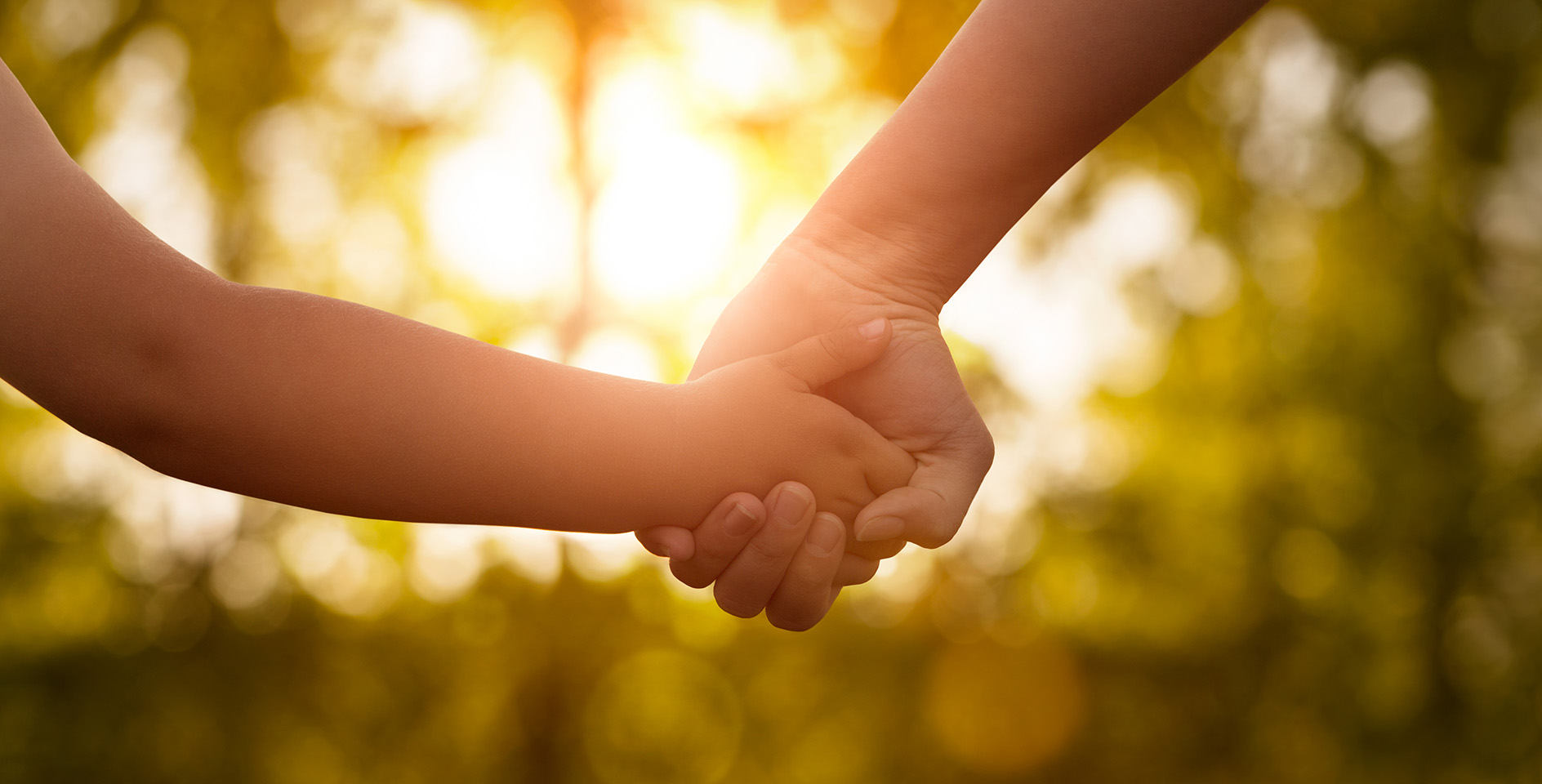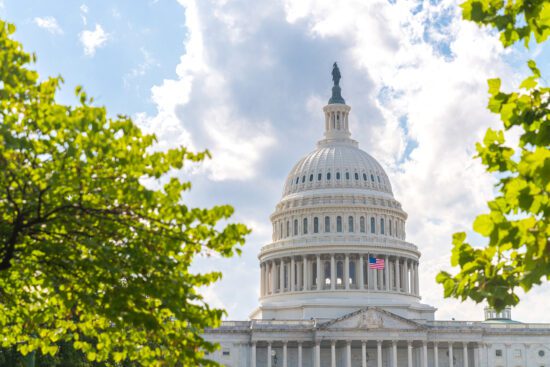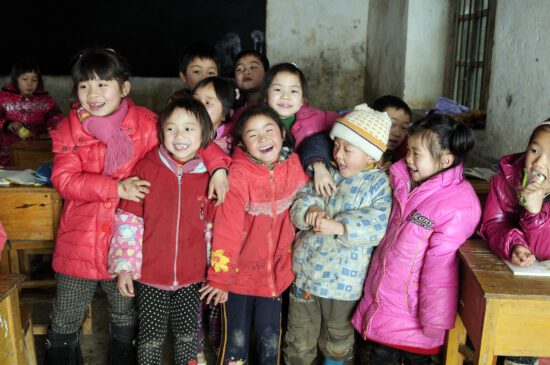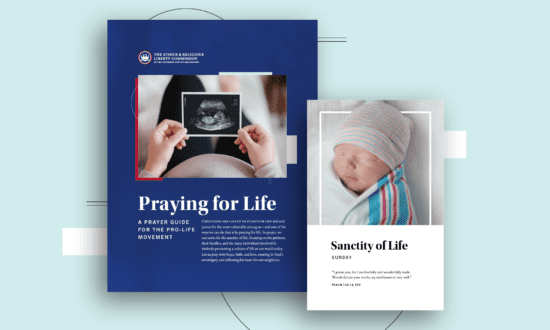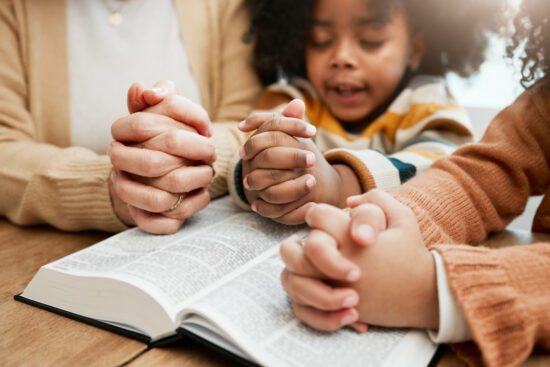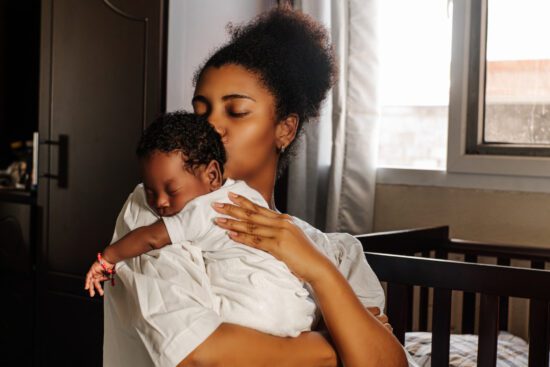Adoption is a beautiful picture of the gospel, but in this world, it’s fraught with a mixture of grief and gladness. In addition, particular joys and challenges can enter the picture when a family grows by cross-cultural adoption. In light of this, Brittany Salmon’s new book, It Takes More than Love: A Christian Guide to Navigating the Complexities of Cross-Cultural Adoption, is a welcome encouragement and guide for adoptive families or those who are seeking to support those who have adopted. Below, Salmon answers questions about the unique and practical aspects of cross-cultural adoption.
Alex Ward: You start your book by saying you have a love/hate relationship with adoption because it’s “joy and suffering and loss and gain and hope and disappointment all in one.” How did your adoption story shape how you see adoption in this way?
Brittany Salmon: It’s an odd thing for an adoptive parent to say they have a love/hate relationship with adoption, isn’t it? However, it’s true. I love parenting my children. It is such a gift! But I hate that in order for me to get to be their mom, they had to walk through the trauma of being separated from their first families.
Adoption happens because brokenness exists in our world, and I felt that acutely the first time we were in the hospital meeting our son. I remember the heaviness of watching his first mom say goodbye, and my heart broke into a million pieces as she left the hospital without him in her arms. “It’s just not supposed to be this way,” I cried. I remember the heaviness of rocking him at night, singing to him, knowing that mine wasn’t the voice and the body he was used to hearing those months in utero. And yet, as our family grew and another one seemingly shrank, I learned to hold both joy and sorrow at the same time. Our joy and love for our son didn’t have to erase the sorrow that came along with it; both could coexist together.
AW: Recently, there has been considerable discussion about how much race and culture on the part of prospective adoptive parents should be considered. Bethany Child Services made news when they recommended acknowledging that a purely colorblind approach does a disservice to the child. At the same time, others criticized the move as capitulating to an ideology that sees white parents acting as “saviors.” How should parents think about their own race and culture when adopting transracially and how that may shape or affect a child?
BS: Well first off, I think we all need to acknowledge how complex of an issue this is, and in our current political climate it is easy to make this issue a polarized one. It requires a lot of nuance to fully understand the many complexities of cross-cultural families and the identity development of cross-cultural adoptees.
However, as we’ve now listened and learned from adult adoptees, we can openly say that in adoption there is no room for a savior mentality or colorblindness. These are two separate ideologies that are indeed harmful to adoption communities. I’m not here to debate that, as the Bible affirms that we have only one savior, and his name is Jesus, and our God is a gloriously creative God who made all mankind in his image.
So in answering your last question — how should parents think about their own race and culture when adopting? — the great part is that we all come from a culture and ethnicity that we can celebrate! Because every person who walked the Earth was made in the image of God, we can celebrate how each of us uniquely reflects the goodness of a creative God! For example, I’m Hungarian American, and one of the Hungarian dishes I grew up eating is called Turos Csusza. It’s one of my kids favorite dishes, and I tell them about my grandpa who was Hungarian American. One of our sons is half Puerto Rican, so I’ve been doing my best to master a delicious Arroz con Pollo. It’s more than just meals, but we’ve learned that if we’re going to be a multicultural family, we can’t live a monocultural life. And so we make space in our families to embrace all of our unique and God-given cultures.
AW: How would you encourage parents who adopt transculturally to immerse their children in the culture of their birth? What does that look like practically, and why is it necessary?
BS: Like I said above, if you’re called to be a crosscultural adoptive family, you’re called to live a multicultural life. And the great thing about this is that we get to choose where we spend our most valuable resource: time. We get to choose where our children attend schools and where our families attend church. We get to choose which sports and extracurricular organizations our families are a part of. We get to choose who we invite over for dinner and who we do life with.
For the multicultural family, I believe you must be intentional about doing life in spaces where your children can build genuine relationships with people who share their same ethnicity. In my book, I break down representation into three specific tiers, but the most important tier is ensuring that your child has racial representation in their real life and everyday community.
AW: I doubt that when people are thinking through the adoption process, the question of haircuts comes up often. But you devote an entire chapter to the question of hair, beauty, and affirmation. What about these seemingly mundane tasks is part of the larger challenge of transcultural adoption?
BS: I think one of the things that has stood out the most when talking with and learning from adult adoptees is how ill-equipped some of them felt to care for their hair. Many of them had stories about how they didn’t know how to take care of their hair or skin, or how their parents shamed them when they started exploring beauty practices outside of their parents’ Eurocentric beauty standards. Or worse, they had memories of their parents bemoaning how hard or horrible it was learning how to take care of their hair.
I devoted an entire chapter to this topic because it is so much more than just hair care; it’s learning how to affirm your child’s beauty and giving them the tools to take care of themselves. Doing this is another way we can honor our children’s ethnic heritages rather than erase them. And from a biblical perspective, taking care of our bodies can be seen as a form of worship. For the adoptee, honoring their culture’s beauty standards can be a part of embracing their God-given racial identity.
AW: In the book you urge potential adoptive parents to consider the cost of adoption, and one literal cost that you bring up is the need for a specialized adoption counselor. Why do you think that counseling may be needed for the entire family, not just the child who experienced trauma? And is the fact that everyone needs counseling a reason to think we aren’t qualified to adopt? Should people have it all together perfectly before starting this process?
BS: Well first off, you should know that I think all parents should consider counseling. Every single person who walks this Earth has suffered and experienced heartache, many have experienced trauma, and I think it’s incredibly wise and healthy to pursue godly counsel. There is a stigma with counseling that it’s only for a certain type of person, and I would argue that it’s for all of us. I’ve used counseling for a number of different seasons in my life, not just the traumatic ones.
However, I do think when you’re walking through trauma or wrestling with past traumas, it’s wise and helpful for everyone involved to seek godly counsel from licensed professionals. And since adoption is birthed from trauma, it can be helpful for the whole family to get the tools they need in various seasons.
For example, if a child joins a family and they have regular tantrums, issues with food, outbursts, etc., it is not only helpful for parents to receive counseling and learn how to parent in a trauma-informed way, but it’s helpful for the siblings in the home to also have a counselor to walk with them through witnessing angry outbursts they might not be used to. Also, some siblings of adoptees express frustration or the feeling of being left out because their parents’ attention is hyper-focused on helping a child transition into their home. Having a trauma-informed and adoption-informed counselor can be greatly beneficial for the whole family to process the changes needed to welcome a child.
AW: I think that for most parents, they know that they won’t be perfect. They hope and plan, but seem to know that there are going to be days when they drop the ball. For parents who are honestly just struggling to know what they don’t know when it comes to transracial adoption, I think that fear of doing something wrong is probably even higher. So how did you handle it when you got something wrong?
BS: Every adoptive parent I know has gotten something wrong at some point. So if there was time, I would take every parent wrestling with shame out to coffee and would tell them this: Shame is a dirty liar, and conviction is a tool that God uses to prompt us to change. Which one are you feeling?
You see, shame can keep us focused on our failures, whereas conviction pushes us toward repentance and change. It pushes us to do better, for our kids’ sake and the glory of God. So we don’t give a lot of time and mental space to shame. Instead, since we know that all people have sinned and fallen short of the glory of God, we repent of our sins and then we use conviction as a catalyst for righting our wrongs. We’re going to make mistakes as parents. We know that going into parenthood, so we can be free from the fear or shame that Satan might use to paralyze us. And we can rest in the freedom of serving a God who calls us to live lives of repentance.
AW: Is there anything else you would recommend people do as they are either considering transcultural adoption or are trying to serve those who are? What other resources would be helpful, and what practical steps can our churches and families take?
BS: I love the phrase, “You can’t know what you don’t know.” And I think it applies to this question. One of the greatest things people who are considering cross-cultural adoption or supporting those who are adopting can do is to start their educational journey now. That’s why I wrote one chapter specifically for families and friends supporting adoptive families. If communities and prospective adoptive families start learning and listening well before a child is placed into their home, they will be better equipped to handle some of the hard aspects of adoption that their family and community will experience at some point in their journey.
As for some practical steps our churches can take? My biggest piece of advice for churches would be if you’re going to encourage your families to step into foster care and adoption, let’s make sure our churches are equipped to serve them! Two great steps would be: (1) to make sure your Sunday school curriculum and resources for children represent and support all the children in your congregation, and (2) consider partnering with local child welfare agencies and have trauma-informed training for your volunteers that work with children.



